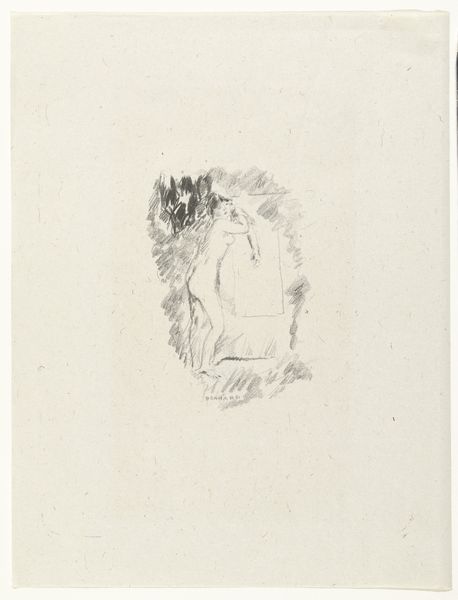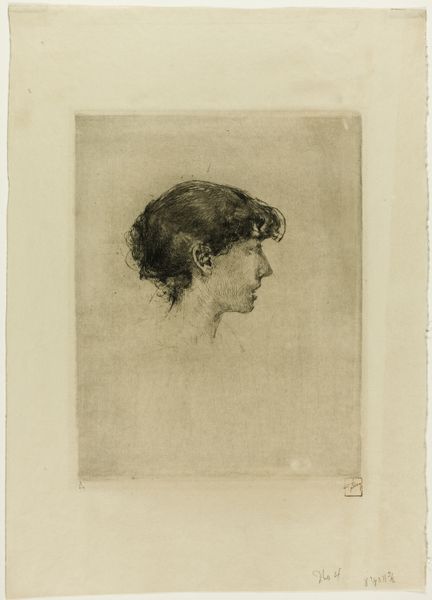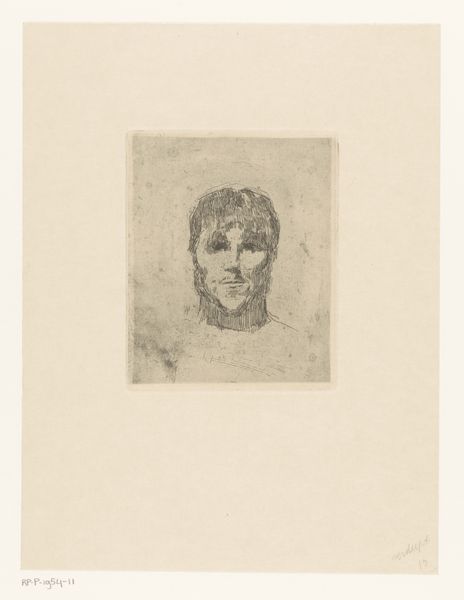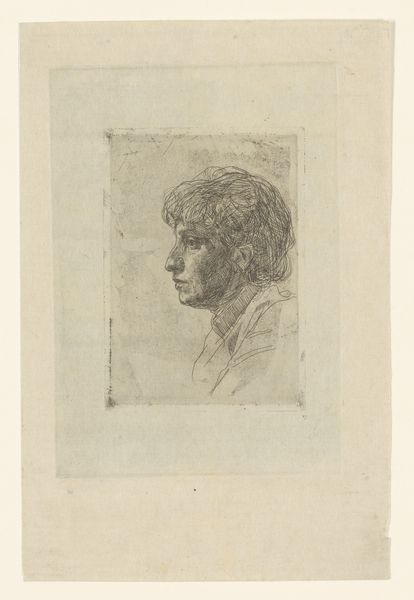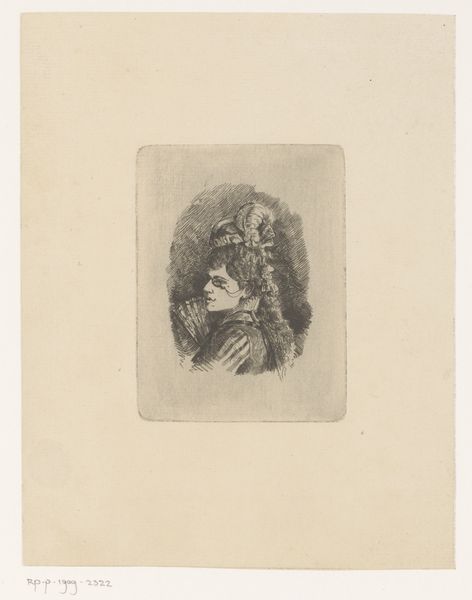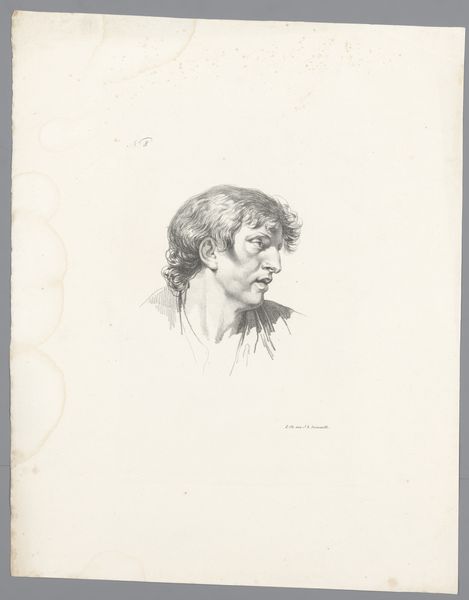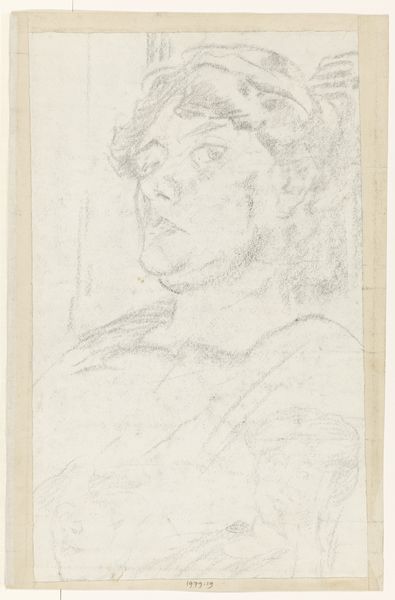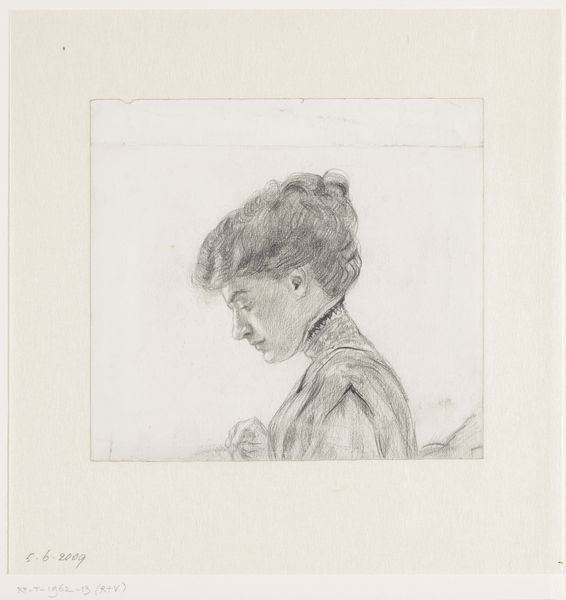
drawing, print, etching, paper
#
portrait
#
drawing
# print
#
etching
#
pencil sketch
#
figuration
#
paper
#
ink drawing experimentation
#
united-states
#
watercolor
#
realism
Dimensions: 215 × 143 mm (image/plate); 390 × 265 mm (sheet)
Copyright: Public Domain
Editor: This is Robert Frederick Blum’s "Jennie Gerson" from around 1880. It's an etching, so a print on paper. It feels so immediate and intimate, like we're catching Jennie in a private moment. What do you see in this piece? Curator: Oh, the beauty of etched lines! It's as though Blum whispered her essence onto the paper. I see a world of quiet observation, a gentle probing of personality. Doesn't it feel as though we are invited into a hushed confidence? He caught the spirit of her youth, I suspect... like a fleeting memory caught in the light. Does she seem at all melancholic to you? Editor: Melancholic, yes, perhaps a touch. There’s something about her eyes, the way they aren't quite focused...or maybe thoughtful? It's hard to tell. The sketchy quality adds to that sense of ambiguity, doesn’t it? Curator: Exactly! And that's the beauty of the etching process, isn't it? That soft focus. Blum wasn’t aiming for clinical accuracy; he wanted to capture a mood, a feeling. It reminds me a bit of how we see people in our dreams: familiar but just out of reach. Did Blum succeed at evoking the inner life? Editor: Definitely. I like that comparison to dreams, the etching style suits that sense of a hazy memory, perfectly. I’ll remember to think about mood and artistic choices rather than strict realism next time. Curator: Precisely! It’s about the dance between observation and the artist’s interior world. Sometimes, it seems, that the truest portraits are those that dare to whisper, not shout. Don't you think?
Comments
No comments
Be the first to comment and join the conversation on the ultimate creative platform.
